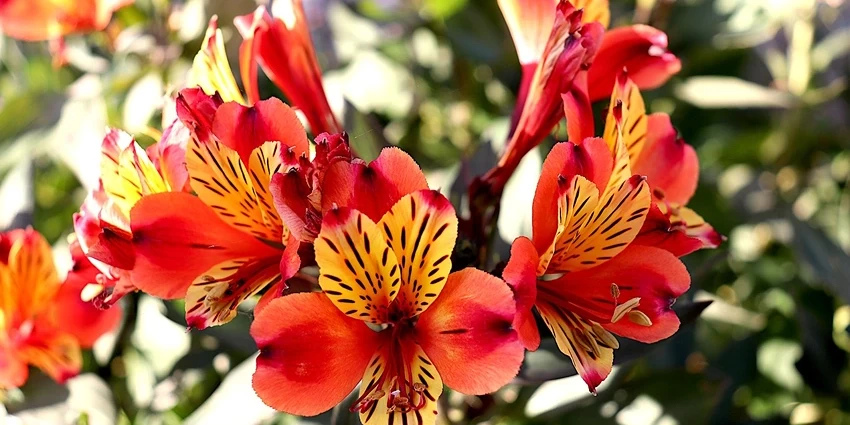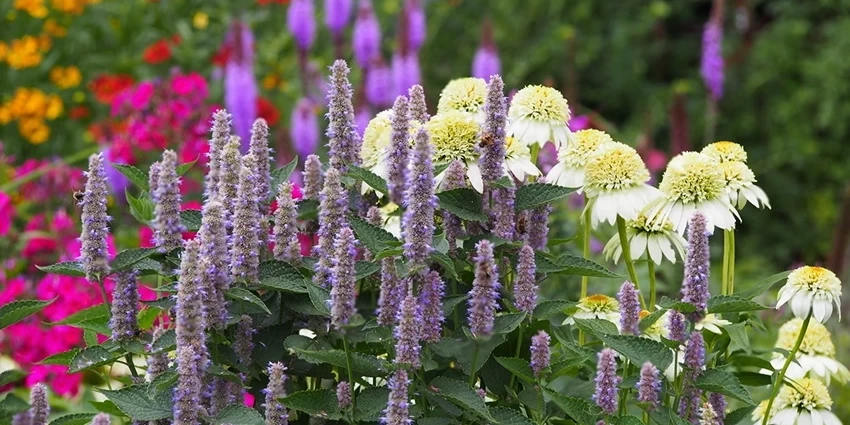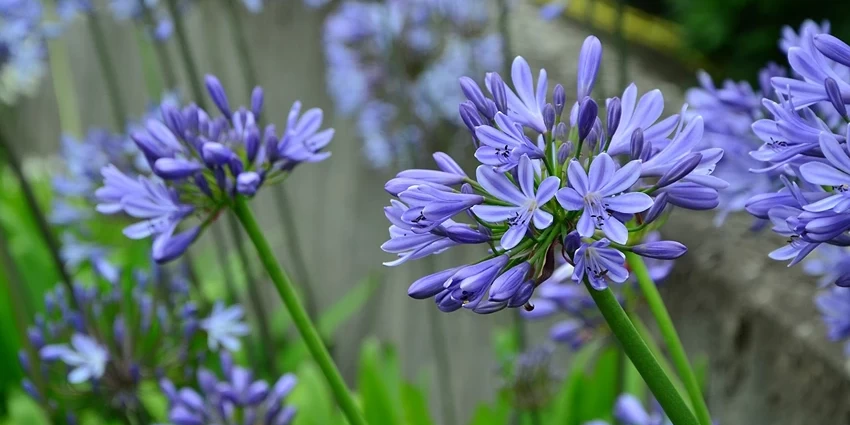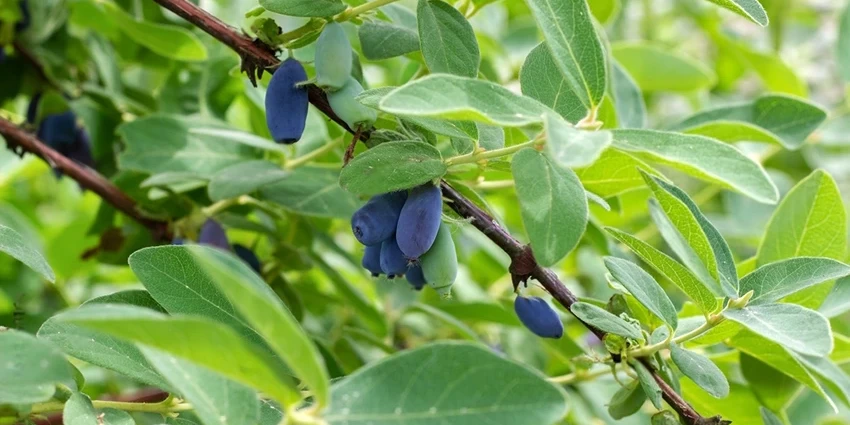All products were chosen independently by our editorial team. This review contains affiliate links and we may receive a commission for purchases made. Please read our affiliates FAQ page to find out more.
Home » How to » Grow Plants » How to grow Pansies
Are you ready to embark on a floral adventure and add a burst of color to your garden? Look no further than the charming pansies! In this detailed guide, we’ll dive into the world of pansy cultivation and explore everything you need to know to nurture these delightful flowers. Whether you’re a seasoned gardener or a novice with a green thumb, this article will provide you with the knowledge and tips to successfully grow pansies in your garden.
How to grow Pansies
To grow pansies, plant in well-drained soil with partial sunlight. Water consistently, keeping the soil evenly moist. These resilient flowers thrive in the UK climate, offering a burst of colour throughout the cooler seasons with minimal care.
Register for our latest in-depth reviews and product round-ups from the experts.
Enter your email address below to receive our monthly review emails.
By entering your details, you are agreeing to our terms and conditions and privacy policy. You can unsubscribe at any time.
Section 1: Understanding Pansies

Varieties of Pansies
Pansies come in various shapes and colors, making them a favorite among garden enthusiasts. Here are some of the popular pansy varieties you can consider for your garden:
| Variety | Description |
| Viola wittrockiana | Common garden pansy with a wide color range. |
| Viola tricolor | Wild pansy with charming tricolor blooms. |
| Viola cornuta | Horned pansy known for its extended blooming period. |
Pansies offer an array of colors, including shades of purple, yellow, orange, and white. You can mix and match these varieties to create a stunning floral display in your garden.
Section 2: Getting Started
Choosing the Right Location
Pansies thrive in cool weather, so selecting the ideal location for planting is crucial. Here’s what you need to consider:
- Sunlight: Pansies prefer partial to full sunlight, making them suitable for both sunny and partially shaded areas.
- Soil: Ensure well-draining soil enriched with organic matter to promote healthy growth.
- Temperature: Pansies are resilient in cooler temperatures, but extreme cold can be detrimental.
Tools and Materials
Before you start planting pansies, gather the essential tools and materials:
- Gloves: Protect your hands while working in the garden.
- Trowel: A handy tool for digging holes for planting.
- Pansy Plants: You can buy pansy seedlings or grow them from seeds.
- Compost: Improve soil quality by adding compost.
- Mulch: Use mulch to retain moisture and suppress weeds.
Section 3: Planting Pansies
Best Time to Plant Pansies
Pansies are hardy flowers that can tolerate frost, but it’s essential to plant them at the right time:
- Spring: Plant pansies in early spring for a stunning display.
- Fall: For winter blooms, plant pansies in late summer or early fall.
Step-by-Step Planting Guide
Follow these steps for successful pansy planting:
- Prepare the soil by loosening it with a trowel.
- Dig holes spaced 7-12 inches apart, depending on the variety.
- Place the pansy seedlings in the holes and cover with soil.
- Water thoroughly after planting.
Tips for Spacing and Arrangement
- Leave enough space between pansy plants for proper air circulation.
- Consider planting in clusters or rows for an organized look.
- Mix and match colors to create a visually appealing garden bed.
Section 4: Caring for Pansies
Watering Pansies
Proper watering is essential for pansy health:
- Regular Watering: Pansies need consistent moisture, especially during dry spells.
- Avoid Overwatering: Ensure the soil is well-drained to prevent root rot.
Fertilizing Pansies
Keep your pansies well-fed with these fertilization tips:
- Balanced Fertilizer: Use a balanced, slow-release fertilizer.
- Fertilize Sparingly: Avoid excessive fertilization, which can lead to leggy growth.
Mulching and Weeding
Mulching and weeding help maintain a clean and healthy pansy bed:
- Mulch: Apply a layer of mulch to retain moisture and suppress weeds.
- Regular Weeding: Remove weeds to prevent competition for nutrients.
Section 5: Dealing with Pests and Diseases
Common Pests
Pansies may attract certain pests, including:
- Aphids: These small insects can cluster on pansy leaves.
- Slugs and Snails: They can damage pansy foliage.
Preventive Measures and Natural Remedies
Protect your pansies with these preventive measures:
- Neem Oil: Use neem oil to deter aphids.
- Slug Traps: Set up slug traps to catch slugs and snails.
Identifying and Treating Diseases
Be vigilant for signs of pansy diseases:
- Powdery Mildew: A white, powdery substance on leaves.
- Botrytis Blight: Gray mold that affects pansies.
Identify and treat these diseases promptly to prevent their spread.
Section 6: Pruning and Deadheading
Pruning for Healthy Growth
Pruning is essential for maintaining pansy health:
- Remove Dead Flowers: Regularly deadhead pansies to encourage new blooms.
- Trim Leggy Growth: Cut back leggy stems to promote bushier growth.
Pruning Techniques and Timing
- Pinch off dead flowers just above the nearest set of leaves.
- Prune pansies in the morning when they are well-hydrated.
Section 7: Advanced Care
Pruning for Shaping and Size Control
Pansies can benefit from strategic pruning for shape and size control. Here’s how to do it effectively:
| Pruning Technique | Purpose |
| Pinching | Encourage bushier growth by pinching off the tips. |
| Thinning | Remove excess foliage to enhance air circulation. |
| Shearing | Maintain a neat appearance by shearing overgrown areas. |
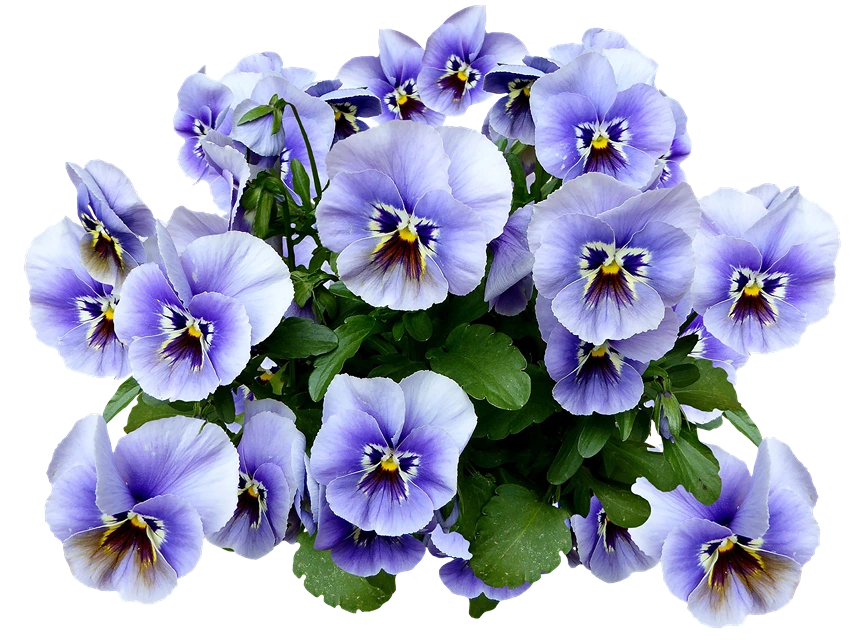
Propagating Pansies
Propagation allows you to expand your pansy collection without purchasing new plants. Try these methods:
- Division: Divide established pansy clumps in early spring.
- Cuttings: Take stem cuttings and root them in a suitable growing medium.
Overwintering Pansies
Overwintering pansies ensures they survive the cold months. Follow these steps:
- Apply a layer of mulch to protect the roots.
- Water sparingly during winter to prevent rot.
- Prune pansies back in late fall to encourage dormancy.
Section 8: Common Problems and Solutions
Yellowing Leaves in Pansies
Yellowing leaves can indicate various issues, including nutrient deficiency or pests. Here’s a troubleshooting guide:
| Issue | Possible Causes | Solutions |
| Nutrient Deficiency | Lack of essential nutrients like nitrogen. | Fertilize with a balanced, slow-release fertilizer. |
| Pest Infestation | Aphids or other pests feeding on leaves. | Use neem oil or insecticidal soap for pest control. |
Leggy Pansies – What to Do?
Leggy growth can make pansies appear stretched and weak. Here’s how to address it:
- Prune: Trim back leggy stems to encourage bushier growth.
- Fertilize Sparingly: Avoid excessive fertilization, which can lead to legginess.
Mold and Mildew Issues in Pansies
Pansies are susceptible to mold and mildew in humid conditions. Prevent and treat these issues:
- Prune: Remove affected leaves and promote airflow.
- Fungicide: Use a suitable fungicide for severe cases.
Section 9: Landscaping Ideas with Pansies
Creative Ways to Use Pansies
Pansies are versatile flowers that can enhance your garden’s visual appeal. Here are some creative landscaping ideas:
| Landscaping Idea | Description |
| Pansy Borders | Create colorful borders along garden paths. |
| Pansy Mosaics | Design intricate patterns using pansies. |
| Pansy Containers | Plant pansies in decorative containers. |
Combining Pansies with Other Plants
Mixing pansies with other plants can create stunning combinations. Consider these pairings:
- Tulips: Pair pansies with tulips for a springtime display.
- Lavender: Combine pansies with lavender for a fragrant garden.
Section 10: Seasonal Care

How to Care for Pansies in Different Seasons
Pansies require different care throughout the year. Here’s a seasonal breakdown:
| Season | Care Tips |
| Spring | Deadhead regularly for continuous blooming. |
| Summer | Provide shade during extreme heat and water deeply. |
| Fall | Plant new pansies for winter and early spring blooms. |
| Winter | Overwinter with mulch and minimal watering. |
Frequently Asked Questions (FAQs)
- Choose well-draining potting mix.
- Ensure pots have drainage holes.
- Follow the same planting steps as in the garden.
Yes, pansies are cold-hardy and can withstand frost.
Use a balanced, slow-release fertilizer.
Water when the soil surface feels dry, usually every 2-3 days.
Pansies are technically biennials but often behave as annuals.
Common colors include purple, yellow, orange, and white.
Apply mulch and water sparingly in cold weather.
Yes, pansies can attract pollinators to your garden.
Yes, pansies can be grown from seeds, but it may take longer than using seedlings.
Eleanor is the quintessential spirit of the British gardener — passionate, dedicated, and endlessly curious about the natural world. Born and raised amidst the verdant landscapes of the Cotswolds, she developed an early love for the outdoors, often spending hours in the family garden with her hands buried in the soil, nurturing every type of plant she could find.



